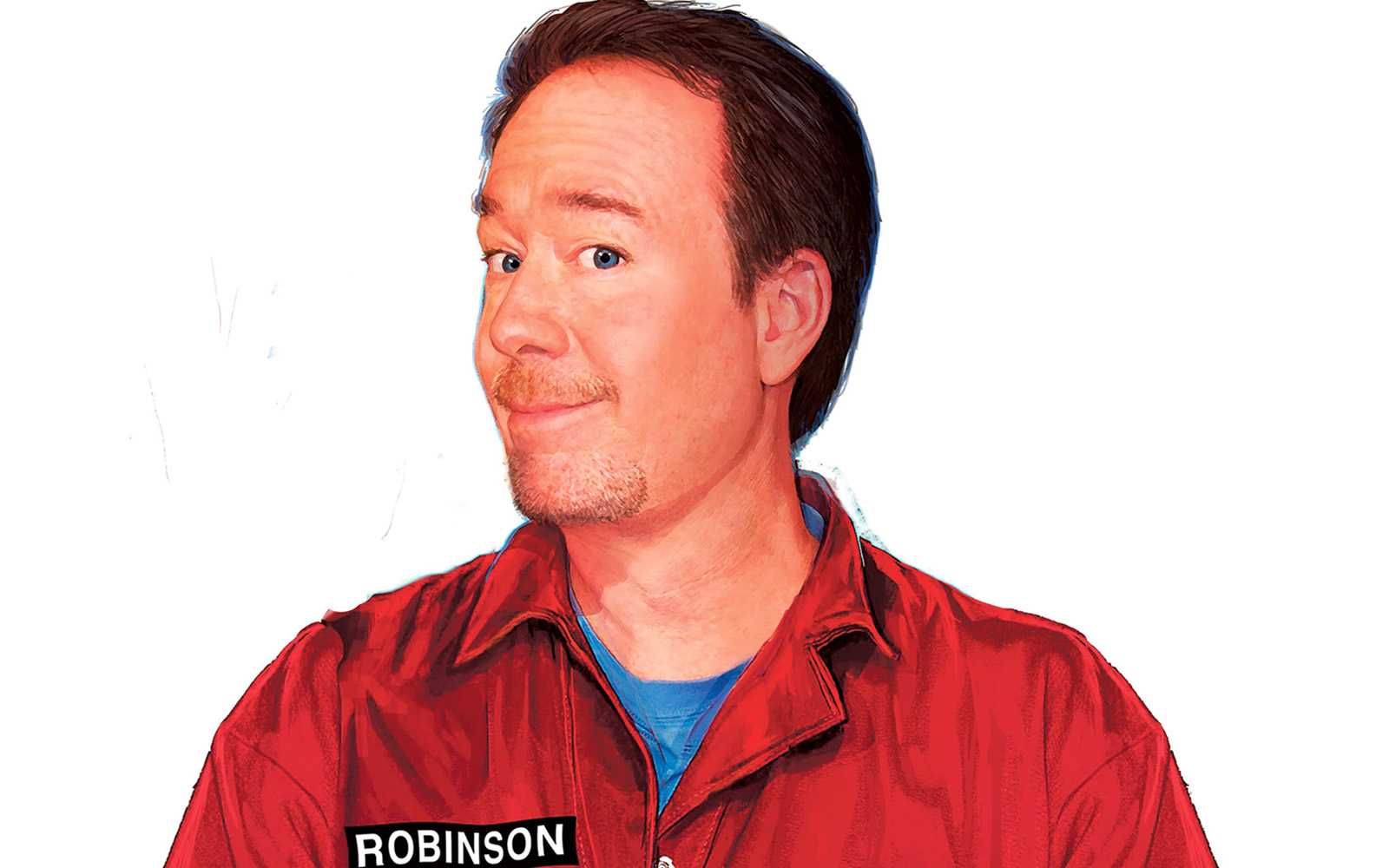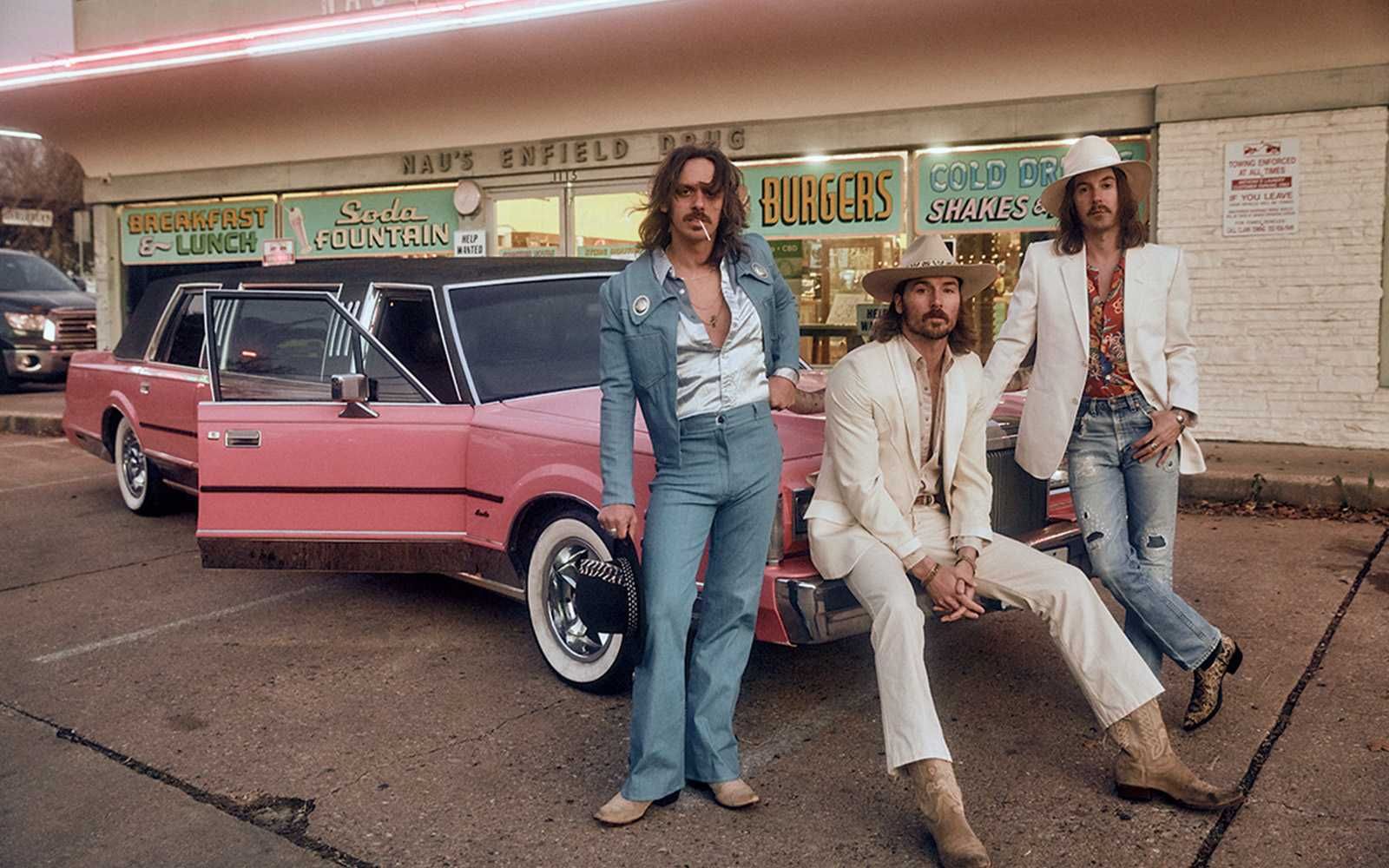One of the joys of repeated viewings of Mystery Science Theater 3000 (aka MST3K) is delayed comprehension of jokes.
The show’s writers have never shied away from obscure references: from TV shows that lasted only one season, British rock bands that broke up before Woodstock, long-forgotten commercial pitchmen, comedy routines that were mostly delivered at Catskill resorts, Golden Age radio programs, poets, and Soviet premiers.
The show rewards polymaths and “Renaissance men” of all genders. Returning to an episode is like panning for gold: Every so often, you find a nugget.
Thank George Harrison
If you are not a fan of obscure references (and many people aren’t), you might be able to blame the late musician George Harrison for this tendency among early MST3K writers and performers.
In a phone interview, the show’s creator, Joel Hodgson, recalled hearing Harrison’s 1976 hit “Crackerbox Palace” and realizing that when the former Beatle sang, “It’s twue, It’s twue,” he was referencing Madeline Kahn’s character in Blazing Saddles.
“I had such an amazing gestalt moment when that happened,” he said. “I go, ‘Holy (expletive). George Harrison knows about Mel Brooks movies.’ And ever since then, I have always loved those deep references.”
In 1988, Hodgson, a stand-up comic who had appeared on Late Night with David Letterman and Saturday Night Live, debuted Mystery Science Theater 3000 in a place where he could be assured that almost no one would see it: Minneapolis UHF channel KTMA.
Hodgson had gotten a taste of major league fame, but he wasn’t much enamored of the creative constraints that went along with it.
At KTMA, he could do almost anything he wanted, as long as it didn’t cost much (or any) money.
Mystery Science Theater 3000 consisted of Hodgson and two robots (crude puppets, actually) sitting in what looked like a theater (but which was constructed mostly of foam core board) and mocking bad movies.
Final appearance
Hodgson is currently making his final appearance as Joel Robinson, his reluctant astronaut character, in a live tour that will visit the Embassy Theatre on Nov. 8.
“I’m still going to work with the show,” Hodgson said, referring to the version that can be accessed with a Netflix subscription. “But I kind of wanted to go, ‘Hey, I’m 59 years old, man,’ and kind of have a chance to say, ‘Goodbye.’”
The movie that Hodgson and “The ’Bots” will riff (meaning, mock in a pleasurable fashion) in Fort Wayne is No Retreat, No Surrender, a Karate Kid knock-off that has the dubious distinction of being the film that made American viewers aware of the existence of Jean-Claude Van Damme.
Throughout his stint on the first iteration of the show, Hodgson surrounded himself with fellow Midwesterners who shared his idiosyncratic comic instincts and love of pop cultural ephemera: J. Elvis Weinstein, Frank Conniff, Trace Beaulieu, Kevin Murphy, Mike Nelson, and Mary Jo Pehl among them.
The show became popular thanks in part to Hodgson’s unusual strategy of encouraging piracy. On every episode, Hodgson recommended that viewers videotape the show and share those tapes with friends.
Mystery Science Theater 3000 moved to Comedy Central (then called the Comedy Channel) after its first KTMA season, moved to the Sci-Fi Channel in its eighth season, and to Netflix in its eleventh.
Long and winding road
As delightful and light-hearted as Mystery Science Theater 3000 is, the show’s long-if-patchy run has not been without its trials and tribulations.
Hodgson left the show in its fifth season in a dispute with producer Jim Mallon over creative control. After the show was cancelled by the Sci-Fi Channel, Mallon tried to extend the brand with animated webisodes that almost nobody thought were a worthy expansion of the source material.
Eventually, Mallon sold the rights for a tidy sum to entertainment distribution company Shout Factory and Hodgson launched a Kickstarter campaign for a revival.
A reimagined version of the show with an entirely new cast and new stable of writers was eventually sold to Netflix.
The original show debuted years before the Internet came into common use. People who wanted to communicate with Mystery Science Theater back then were encouraged to do something barbaric: Write and mail letters on paper.
Competing with your inner 13-year-old
The Netflix version, however, has been dissected then vivisected online by the sort of aging fans whose childhoods are purportedly subjected these days to repeated ruination.
Creating new episodes is not a matter of competing with the old show, Hodgson said. It’s a matter of competing with people’s memories of the old show.
“We’re competing with their memory of being 13 and watching MST,” he said. “Right away I said, ‘I can’t do that. I can create a show that’s as good as the old show. But I can’t make you 13 again.’ That’s what was bugging them. ‘Why is this new show not making me feel 13?’”
 Submit Your Event
Submit Your Event



